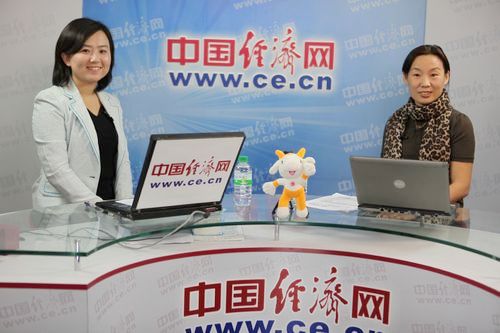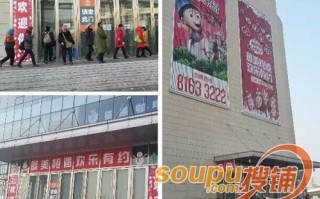- Property Development Model: Centered on leasing or selling standardized industrial spaces, exemplified by logistics parks and semiconductor industrial bases6.
- Industrial New Town Model: Combines urban development with industrial ecosystems, often seen in large-scale projects like Songhu Zhigu in Dongguan, which integrates "production, education, research, exhibition, and sales"9.
- Value-Added Service Model: Prioritizes non-core business support for enterprises, including talent training platforms, supply chain integration, and financial services18.
4 Key elements of international park operations are outlined in agreements like the Overseas Park Construction and Operation Cooperation Agreement, which defines phases such as "construction period" and "operation period," emphasizing compliance with local laws, resource optimization, and industrial competitiveness. These documents also highlight metrics like "asset value enhancement" and "customer satisfaction" as core evaluation criteria4.

12 In operational terminology, "zone operation mode" describes management frameworks tailored to specific industrial clusters. This includes differentiated models such as:

10 Case studies illustrate operational nuances:

13 Standardized guidelines, such as D3701/T 27-2021 International Park Operation Management and Service Guidelines, provide frameworks for operational best practices. These include:

3 Challenges in English terminology standardization persist, particularly for hybrid models like "Cultural and Creative Industrial Parks" or "Eco-Industrial Parks." However, terms such as "Integrated Service Platform" and "Smart Park Management System" are gaining global acceptance312.

This linguistic and operational diversity underscores the need for context-specific terminology while maintaining alignment with international standards.
- Infrastructure Planning: Requirements for spatial layout, transportation logistics, and green energy systems13.
- Industrial Ecosystem Development: Strategies for forming industrial alliances, fostering cross-sector collaborations, and establishing talent hubs26.
- Smart Management Systems: Integration of IoT and data ytics for operational efficiency9.
5 Regional adaptations further shape terminology. In China’s Yangtze River Delta, terms like "Advanced Manufacturing Park" or "Strategic Emerging Industry ase" reflect localized industrial priorities. Cross-border e-commerce parks, termed "E-commerce Industrial Parks," emphasize digital trade facilitation and supply chain innovation5. Meanwhile, Europe’s "Innovation Districts" often prioritize sustainability and circular economy principles12.
- The Hong Kong Science Park employs a "triple helix" model, connecting government, academia, and enterprises to drive technology commercialization9.
- Songhu Zhigu Industrial Park in Dongguan adopts a "vertical industrial chain" approach, clustering upstream and downstream semiconductor enterprises to reduce logistics costs9.
- Shenzhen’s industrial parks increasingly utilize "light-asset operation" models, focusing on brand licensing and management consulting rather than hey catal investment2.
7 Emerging trends include "REITs (Real Estate Investment Trusts)-driven operations," where parks leverage catal markets for liquidity. For example, Hong Kong’s Yuanfeng Catal promotes "industrial-REITs symbiosis" to enhance asset value and attract long-term investors10.
11 The term "industry park" is commonly used in English to refer to industrial or technological zones that integrate production, research, and service functions. In international contexts, it often translates to "Industrial Park" or "Science and Technology Park," depending on the parks primary focus. For instance, the Hong Kong Science Park (HKSP) exemplifies a large-scale innovation hub, termed as a "Science Park" in English, emphasizing R&D and high-tech industries9.
相关问答







